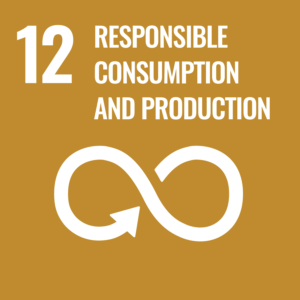Fuel cells (FCs) have emerged as a promising technology with the potential to revolutionize energy generation and storage. Their efficiency, reliability, and environmental friendliness make them an attractive alternative to traditional energy sources.
How Fuel Cells Work
A fuel cell is a simple electrochemical device that converts the chemical energy of a fuel, such as hydrogen, into electrical energy through a chemical reaction. Unlike batteries, fuel cells continuously produce electricity as long as fuel is supplied.
Polymer Electrolyte Membrane Fuel Cells (PEMFCs)
One of the most promising types of fuel cells is the Polymer Electrolyte Membrane Fuel Cell (PEMFC). PEMFCs operate at relatively low temperatures and use a solid polymer electrolyte membrane to conduct protons between the anode and cathode. Hydrogen gas is supplied to the anode, where it is oxidized, releasing electrons that flow through an external circuit to generate electricity. Oxygen from the air is supplied to the cathode, where it combines with the electrons and protons to form water.
The Challenge of Platinum Catalysis
While PEMFCs offer significant advantages, their widespread commercialization is hindered by the high cost of platinum-based catalysts. Platinum is currently the most effective catalyst for the oxygen reduction reaction, a critical step in the fuel cell process.
The Quest for Affordable and Efficient Catalysts
To overcome this challenge, researchers are actively exploring alternative catalysts that can match or exceed the performance of platinum while significantly reducing costs. Various materials, including non-precious metals, metal oxides, and carbon-based materials, are being investigated as potential candidates.
By developing more affordable and efficient catalysts, we can unlock the full potential of fuel cell technology and pave the way for a sustainable energy future.




















